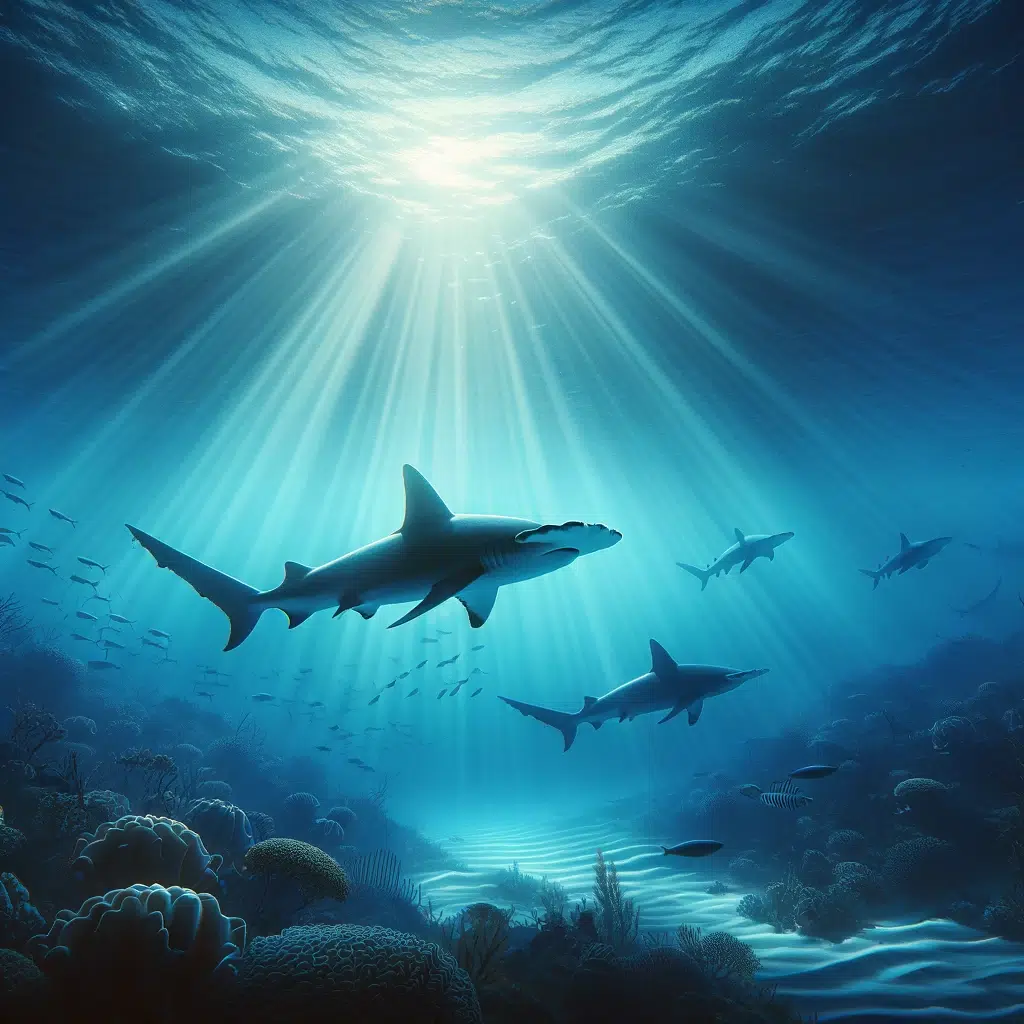Recent research has unveiled a fascinating adaptation in scalloped hammerhead sharks, making them the first fish known to exhibit a behavior akin to ‘holding their breath’ during deep dives. This discovery, primarily observed off the coast of Hawaii, challenges our understanding of fish physiology and adds a new layer to the already intriguing nature of these marine predators.
Breath-Holding Sharks
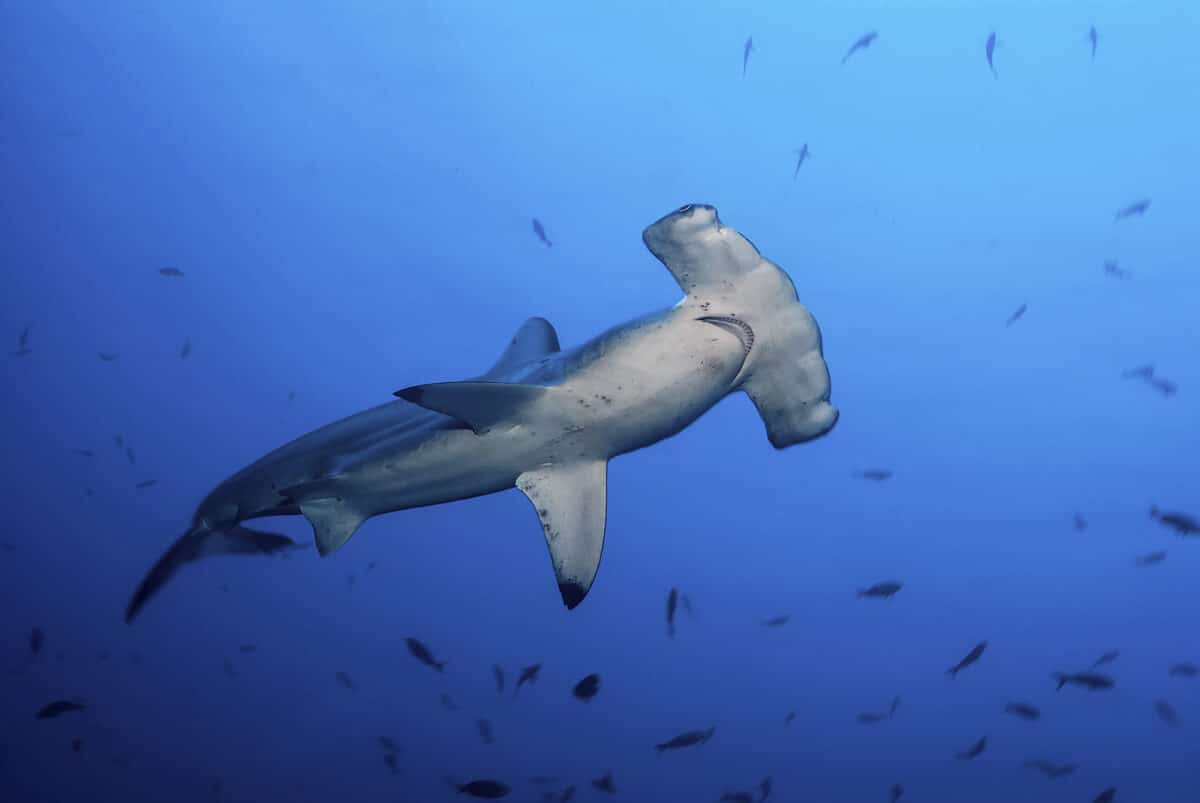
Unlike mammals, sharks do not have lungs to hold air, so the term ‘holding their breath’ is a bit of a misnomer when applied to fish. Instead, scalloped hammerhead sharks employ a unique strategy of closing their gills while diving into colder, deeper waters. This action significantly reduces the flow of water over their gills, minimizing heat loss and allowing them to conserve body warmth in the frigid depths where they hunt.
Thermoregulation in the Deep Blue
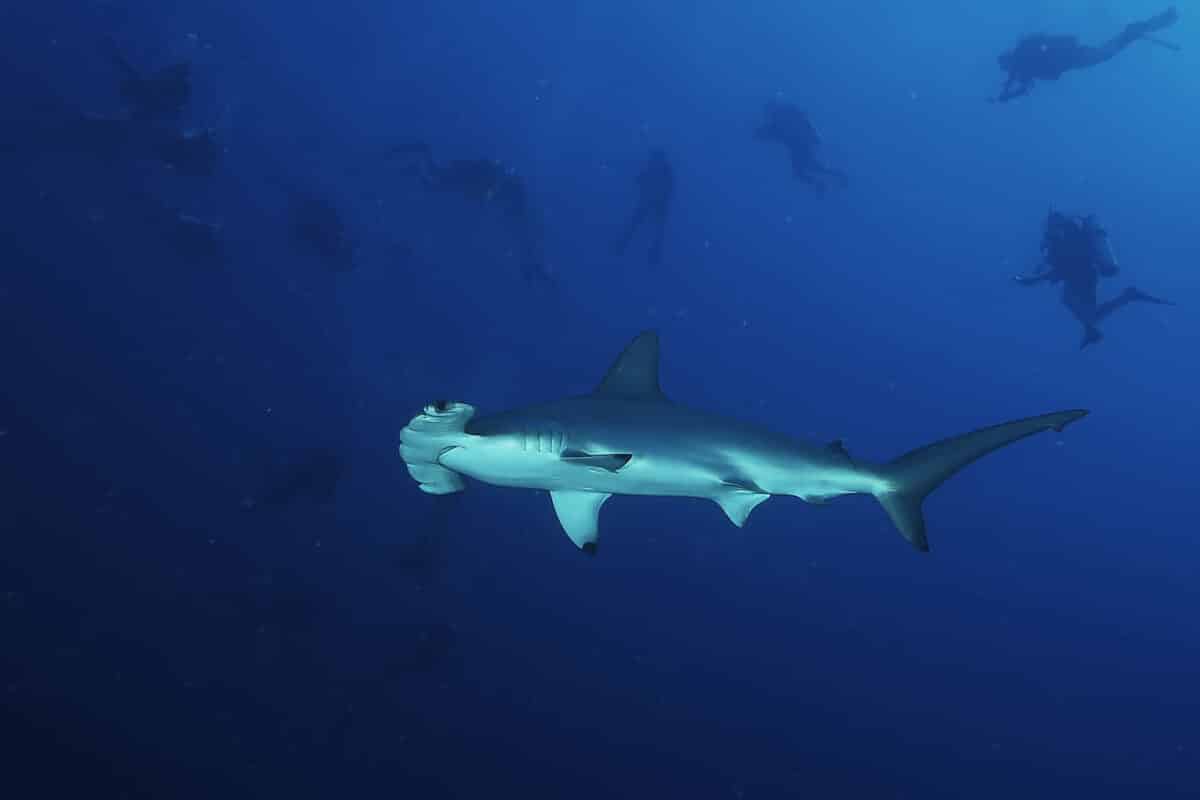
The primary reason behind this remarkable adaptation is thermoregulation. The ocean’s depths are cold, often dropping to temperatures far below what is comfortable for a cold-blooded creature like the hammerhead shark. By ‘holding their breath’, these sharks reduce the loss of precious body heat, enabling them to hunt effectively in colder waters without becoming sluggish. This adaptation is particularly crucial given that their gills, a significant site of heat exchange, can cause substantial temperature drops if not moderated.
Ecological Implications of Sharks that Hold Their Breath
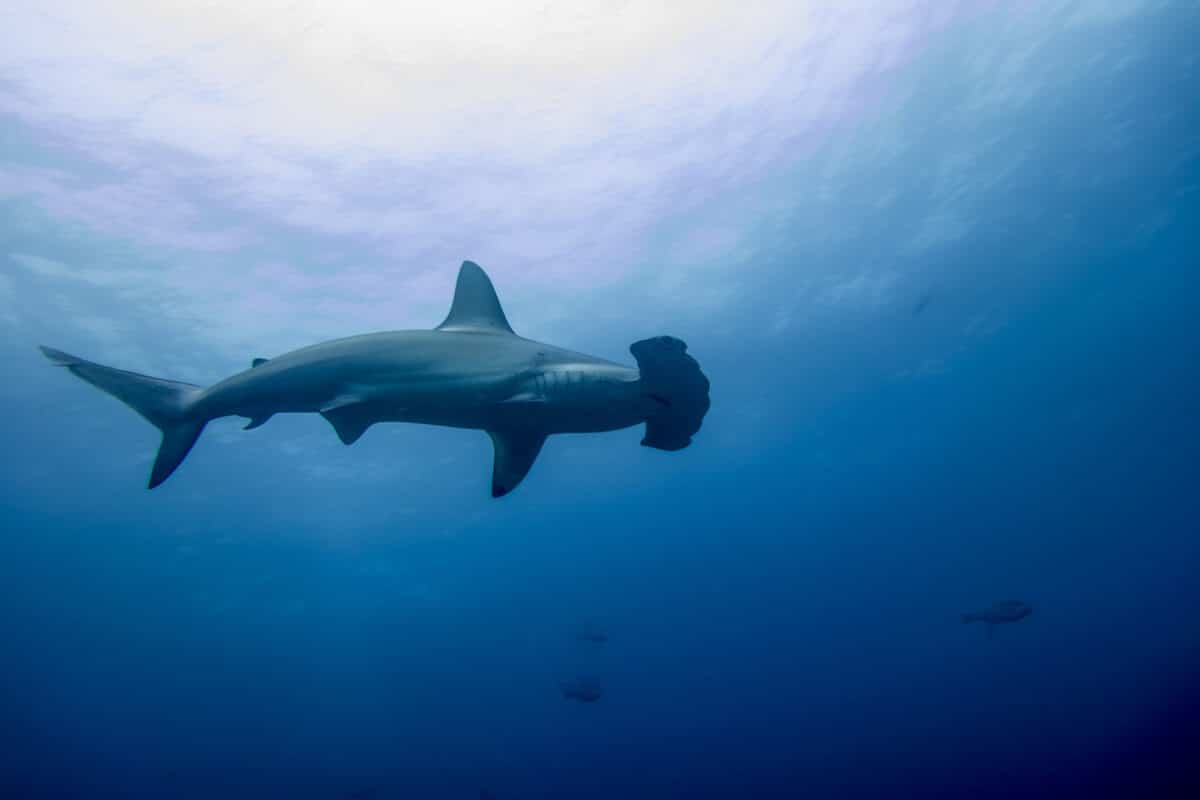
This behavior has profound implications for understanding the ecological niche of scalloped hammerhead sharks. It allows them to exploit food resources in deeper waters while avoiding the competitive and predatorial pressures of the surface. This deep-diving capability, combined with their already known social behaviors and complex migrations, paints a picture of a highly adapted and versatile predator, finely tuned to its environment.
Conservation and Future Research
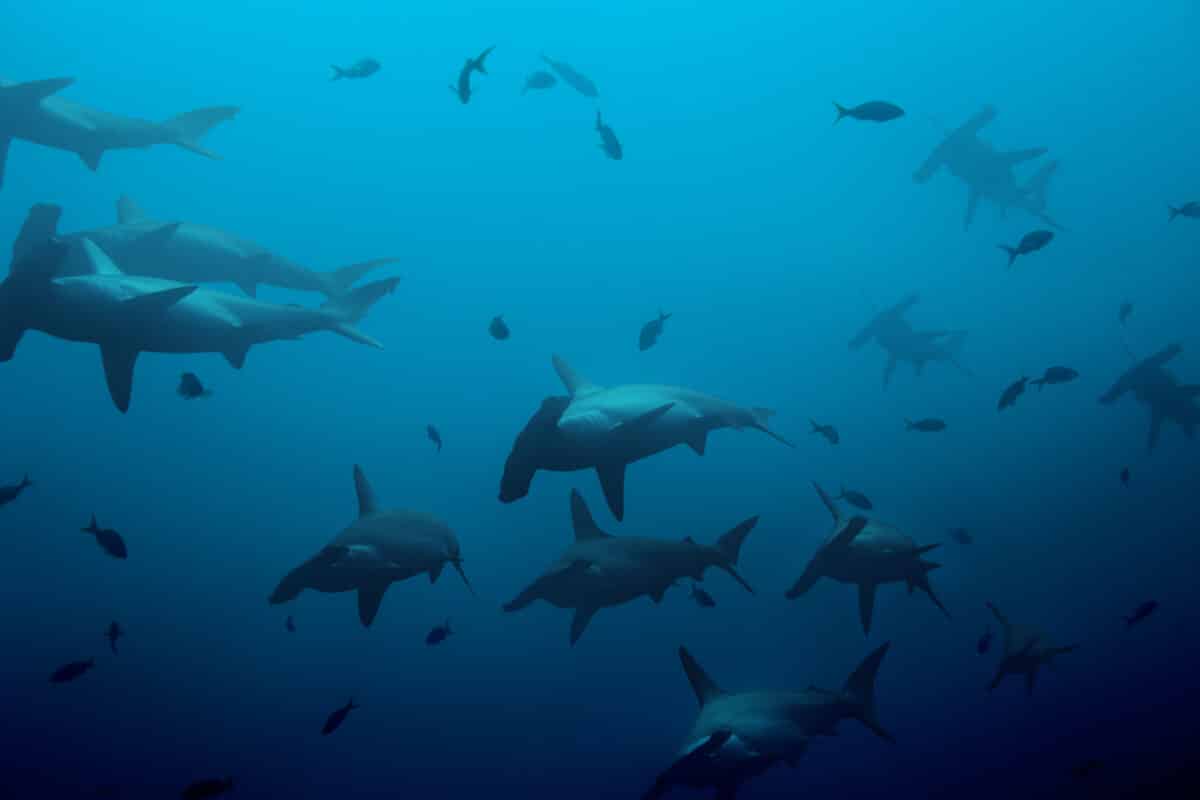
The discovery of this ‘breath-holding’ behavior underscores the importance of continued marine research and conservation efforts. Hammerhead sharks, like many marine species, face threats from overfishing, habitat destruction, and climate change. Understanding their unique adaptations and behaviors is crucial for developing effective conservation strategies. Furthermore, this finding opens new avenues for research, including how other deep-diving fish species might employ similar strategies to survive in the ocean’s abyss.
Conclusion
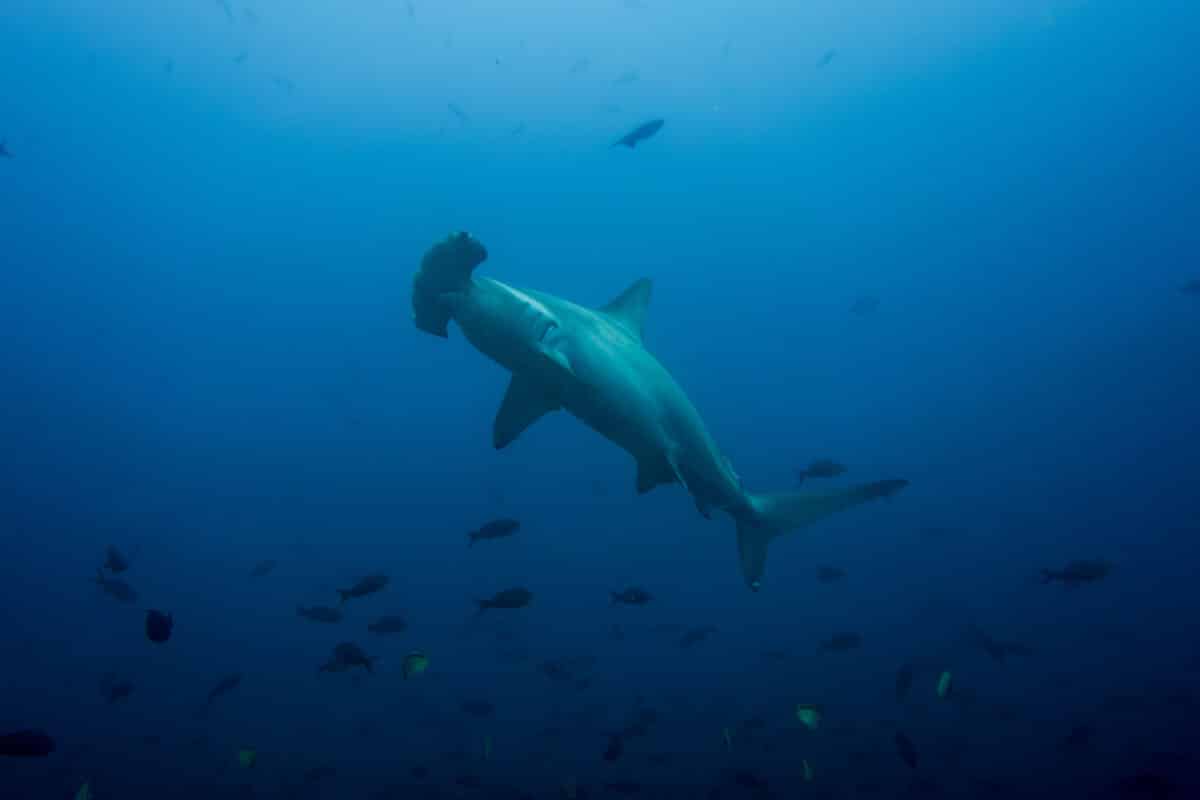
The ability of scalloped hammerhead sharks to ‘hold their breath’ offers a fascinating glimpse into the complex and often surprising ways marine life adapts to the challenges of the ocean. It serves as a reminder of the vast, unexplored mysteries lurking beneath the waves and the importance of preserving these wonders for future generations to discover and understand.
Read More About Sharks Holding Their Breath Here.
What do you think about sharks holding their breath? Leave a comment below.
Thank you for following along with this article – Sharks That Hold Their Breath.
You may also like:
- The Small Sharks of South Africa’s Underwater Kelp Forests
- Exploring Shark-Free Beaches Across the US
- Encounter the Largest Hammerhead Shark Ever Seen
Join our Forum for free today!

- Shocking Survey Results of only 718 Snow Leopards Identified in India - July 18, 2024
- Do Octopuses Punch Fish For No Reason? - July 5, 2024
- Brave Farm Animals Save Chicken Friend FromHawk - June 30, 2024

